
It had rained all day and it was no different as we boarded the five minute ferry across the Cuan Sound and back to Luing. As we headed to Cullipool, our base for the week, the sky began to break and the rain stopped.

It had rained all day and it was no different as we boarded the five minute ferry across the Cuan Sound and back to Luing. As we headed to Cullipool, our base for the week, the sky began to break and the rain stopped.
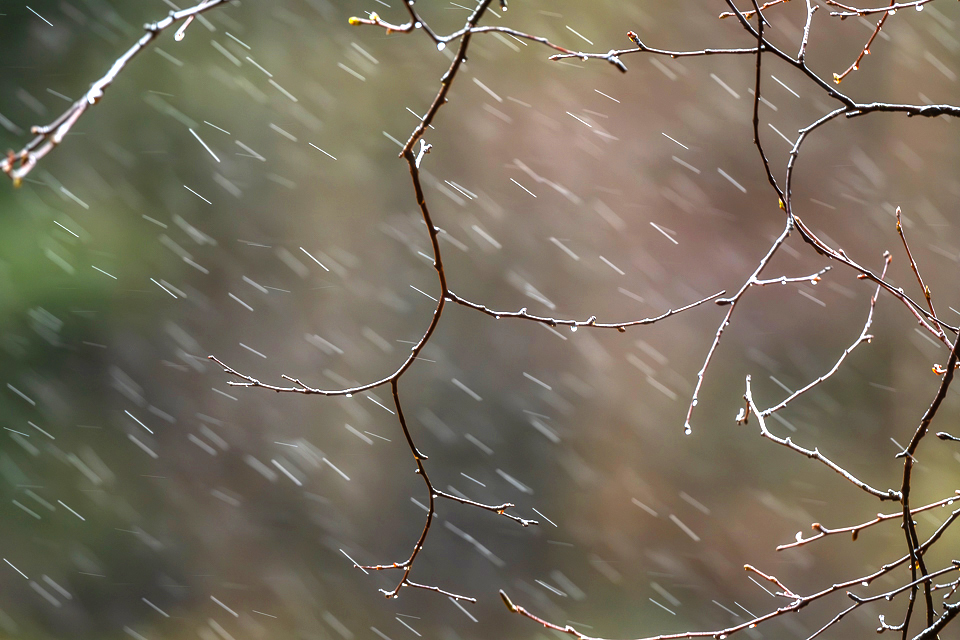
Fortunately the rain continued in the afternoon, which meant Glen Orchy would be alive. Rain lifts and freshens a landscape and I’m more than happy to work in and with it. At his time of year, early November, the autumn was in full flow with a riot of colour. To get the falling rain to show in the images a slowish shutter speed is needed and a long lens helps too.

Following the forecast over the last few days it was apparent that today was going to be a wet one. Nothing wrong with that, it just adds a different dimension and changes the way you approach the day. Having explored a fair amount of the Island, it felt right that we should move on to the mainland, and we had a particular place in mind.
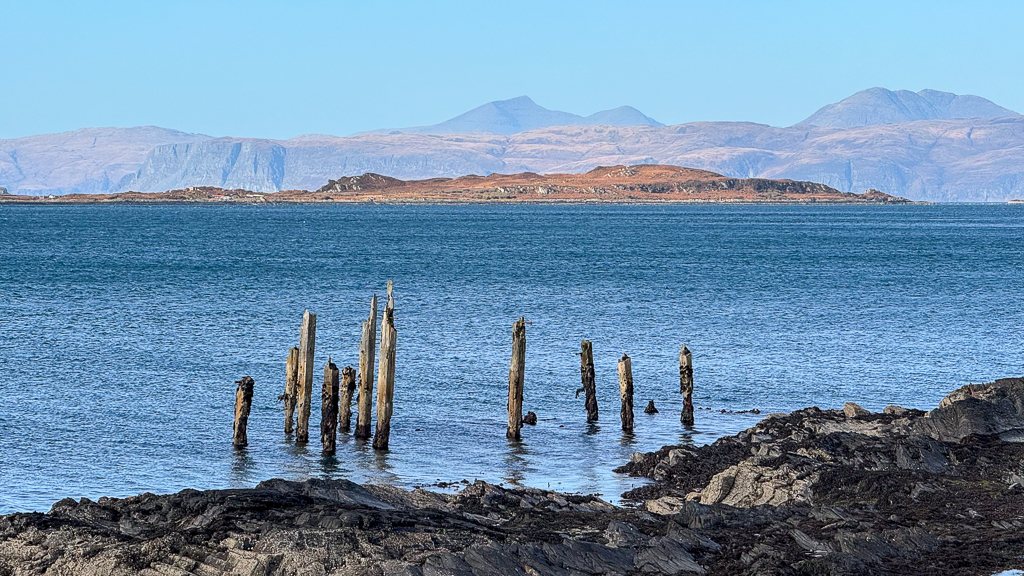
Luing is a small island so it’s possible to see a fair amount of it in a short time and with the light fading by 4.30pm at this time of the year (early November) getting to a few places, north, south, east or west is doable. After Ardinamir Bay we headed to the west of the island, to Black Mill Bay.
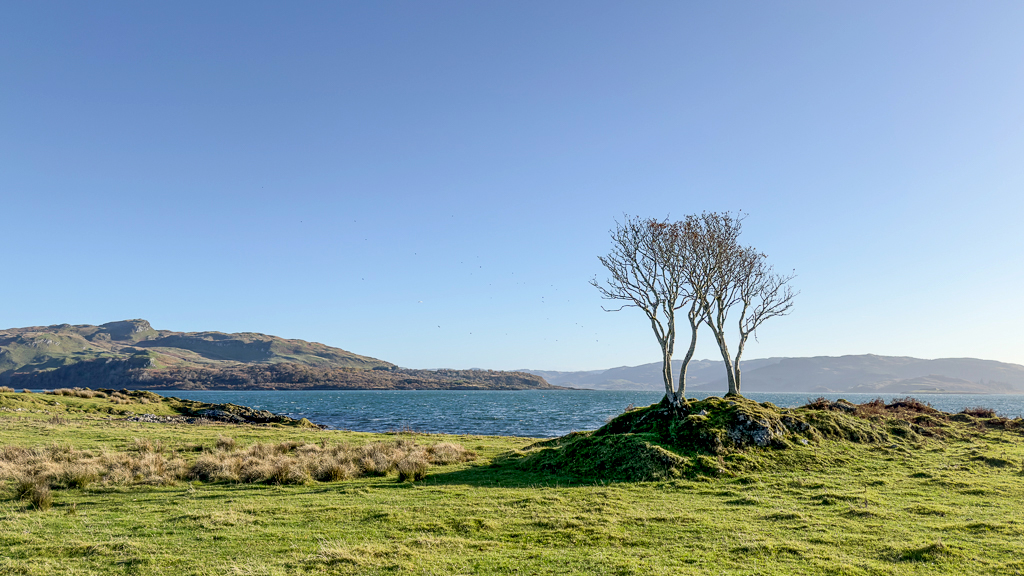
The morning was spent on the east coast of Luing, at Ardinamir Bay, over looking the island of Torsa. The tide was out and the sky a rich deep October blue, with not a soul around.
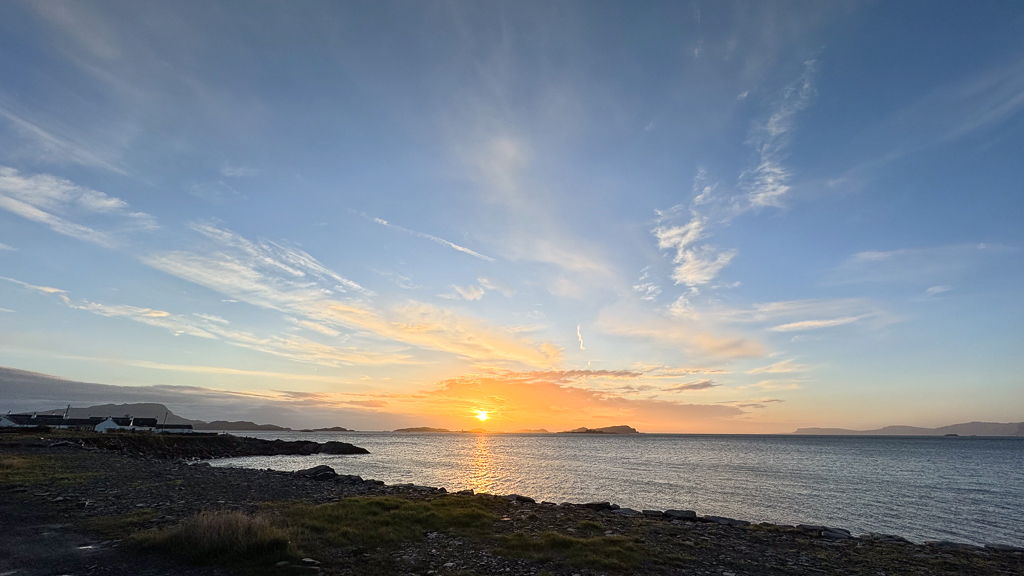
We were staying about as close to the shore as possible and so every morning and evenings, when we were back early enough, we would take a tea out and sit and watch sunsets and moon rises. Luing is famous for its sunsets particularly, with a vast open expanse of sky, and a wonderful foreground of Hebridean islands to set them off.
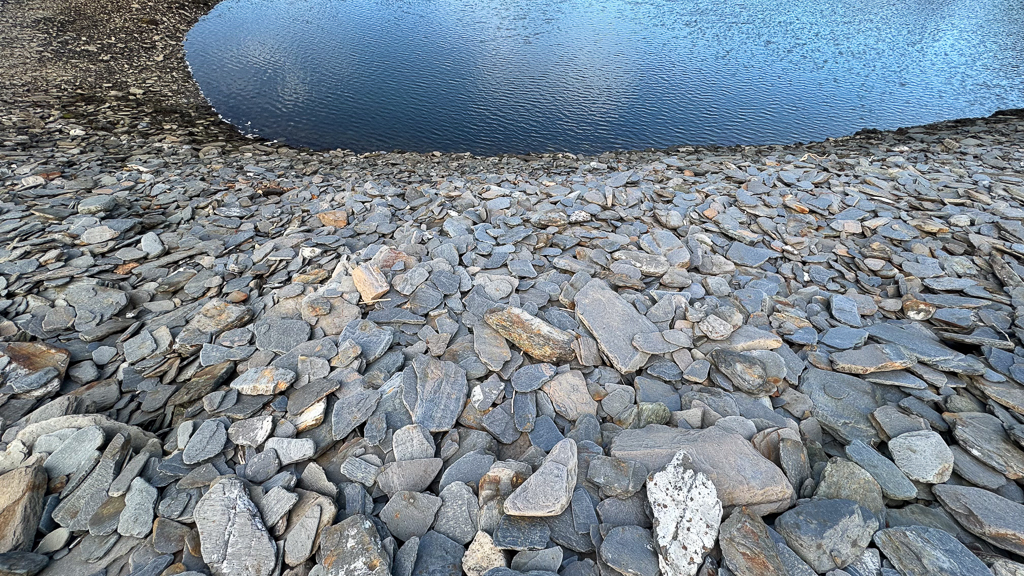
Ellenabeich is often subsumed with Easdale. It is in fact a separate village in its own right, where the ferry departs for the Island of Easdale. It is the largest village on the Isle of Seil, which is itself an island but never really seen as one, as it’s actually connected to the mainland by the famous Clachan Bridge, better known as the ‘Bridge over the Atlantic’. The bridge was designed by a John Stevenson from Oban and built by Robert Mylne in 1792. It has a span of only 22 metres but for such a small bridge has a big place in the history of Scotland, and indeed in my own formative years, as I’ve travelled over it many times with my parents, as a young boy, and as a father with my own family. It remains a gateway to something beyond and magical.

Following on from the last post, when I passed through the Gulf of the Corryvreckan, I thought I’d take a look at a few of the images I took when we boarded a rib to enter the whirlpool over ten tears ago, it felt a very different place! It’s critical to time any visit to see the full extent of the waters between the north of Jura and Scarba and there aren’t that many occasions in the year when the whirlpool can be seen at its best. We arrived before dawn for this visit and caught the tides just right for a spectacular sight.
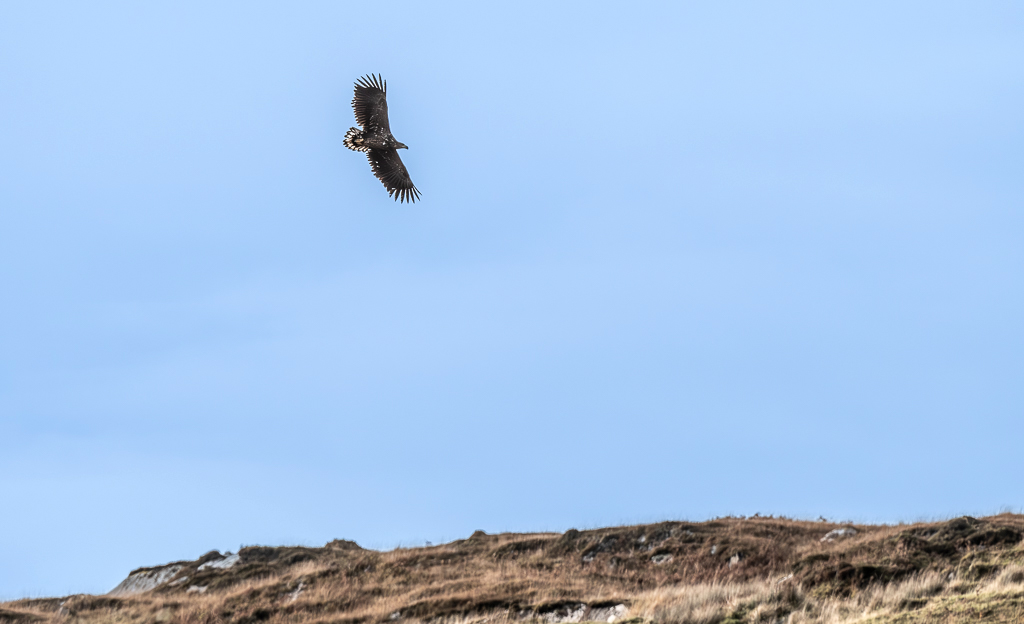
Late October most of the boats stop for the winter season, but I was lucky enough to gat a place on one of the last ones out of Ellenabeich, hoping for some good views of the White-tailed eagles that inhabit this area of Scotland in fairly good numbers.
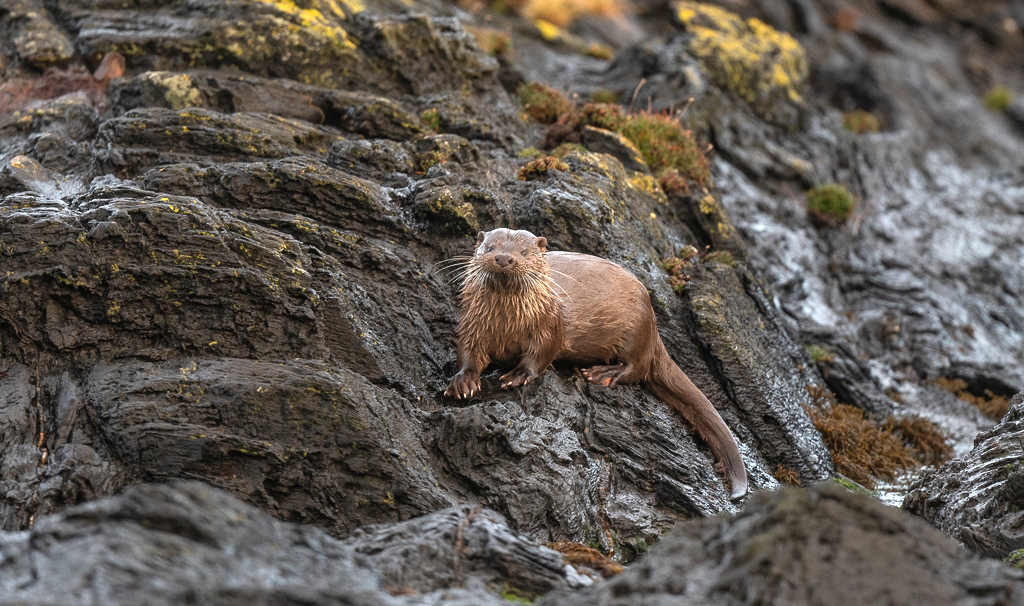
We were heading off the island today towards Ellenabeich and Easdale when just passing the front at Cullipool I spotted an otter fishing in the bay. Carefully parking up and stealthily moving to a good vantage point each time the otter dived, I ended up with a prime view of this elusive mammal, which frequents the coasts around much of north west Scotland. It’s unusual to get so close and to clearly be seen by an otter as we faced each other for a few seconds.

There’d been reports of a couple of Roseate Terns at Pembrey harbour on and off for a couple of weeks back in August, so Nick and I headed off early morning to catch the high tide with the hope that the terns would be pushed up a little closer to the pier than usual.

August 2023 was a good month for seeing new birds, or ‘lifers’ as they are known in the birding world. First there was the Forster’s Tern down at Arne in Dorset.
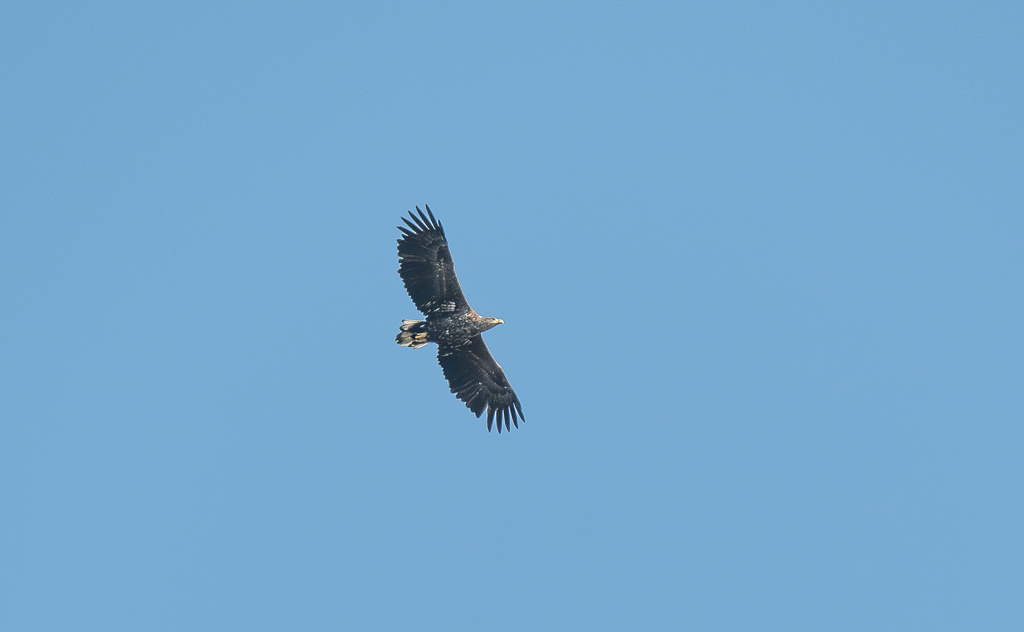
We were off Iona on the early ferry and not booked on the Craignure ferry till about 4.00pm, so giving us a few hours on Mull. If you only a few hours on Mull then best to had round to Loch na Keal for as good a chance of White-tailed Eagles as anywhere, as they tend to sit out on the skerries with a recent catch.
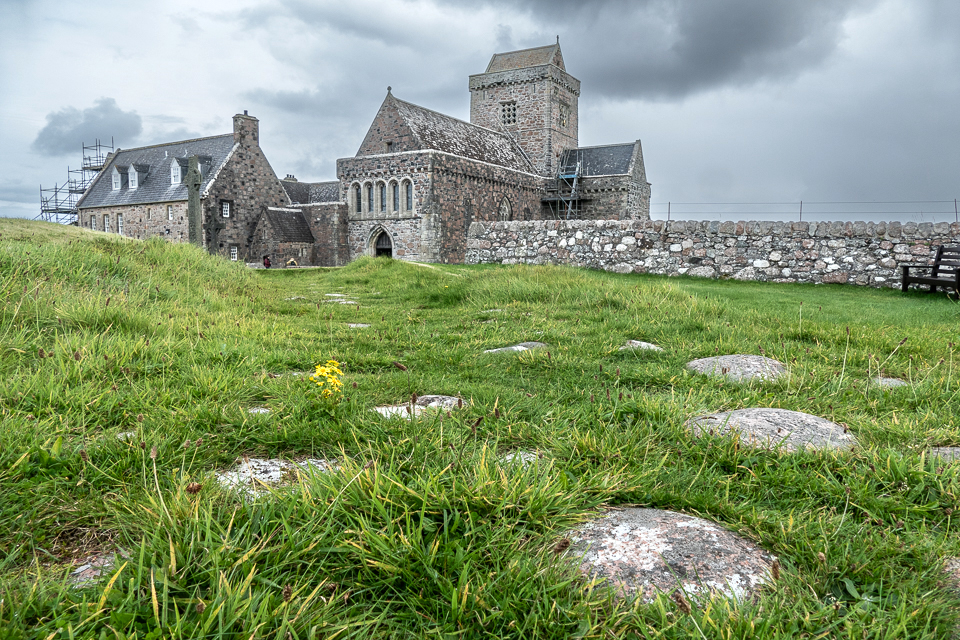
Our last full day on the island. Early morning saw us visit the Abbey and Abbey museum, before any of the boats arrived from the mainland. It was wonderful to have it all to ourselves and be able to savour the special atmosphere that pervades in and around the buildings. Later in the day it would become the tourist honey pot that it is, but for now we were the only people there.